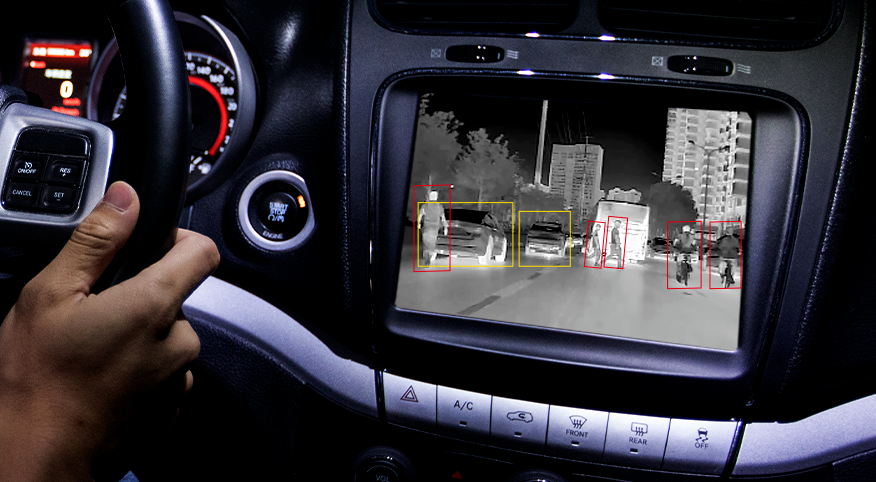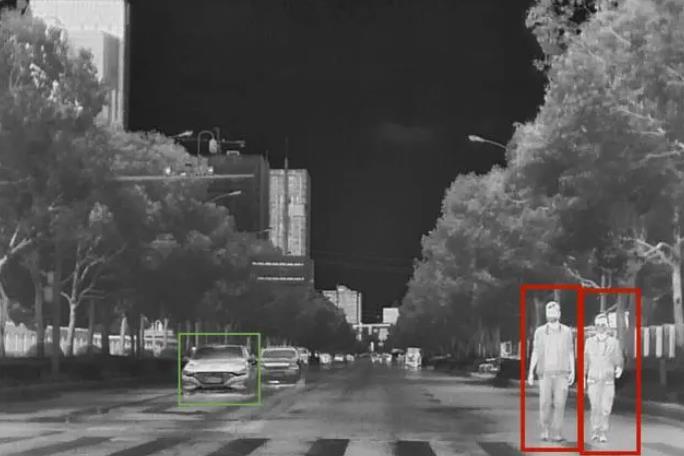In the modern automotive manufacturing industry, quality control and efficiency are crucial. The application of infrared thermal imagers is bringing a technological revolution to automotive welding. This advanced equipment not only improves welding quality, but also greatly improves production efficiency. Let's take a deeper look at the magical application of infrared thermal imagers in automotive welding!
Importance of infrared thermal imagers in automotive welding
You may ask, why are infrared thermal imagers so important in automotive welding? The answer is simple: it helps us achieve precise temperature monitoring and quality control. Imagine how amazing it would be if we could "see" the temperature changes during the welding process!

Welding process monitoring: real-time control of temperature changes
When welding the car body, the infrared thermal imager is like a conscientious "temperature policeman". It can monitor the heat generated during the welding process in real time to ensure that the temperature of each weld is just right. This is like controlling the heat when cooking. Too much heat will burn the food, and too little heat will make it hard and unpalatable. Similarly, the control of welding temperature also needs to be just right.
Welding quality inspection: identify problems with a keen eye
After welding is completed, the infrared thermal imager can continue to play a role. It can be used to detect the cooling process after welding and analyze whether the temperature distribution is uniform. This is like a doctor using a stethoscope to check the patient's heartbeat, which can detect potential problems in time. Through this non-contact detection method, we can easily identify defects such as incomplete weld penetration, pores, cracks, etc., which greatly improves the detection efficiency.
Heat-affected zone analysis: in-depth understanding of material properties
Did you know? Welding not only affects the weld itself, but also the surrounding area. This area is called the "heat-affected zone". Infrared thermal imagers can clearly display this area, helping engineers evaluate the performance changes of materials at high temperatures. It's like giving the material a comprehensive physical examination to ensure the structural integrity and strength after welding.
Automation control system integration: the key to intelligent production
In modern automobile manufacturing plants, automation has become mainstream. The data of infrared thermal imagers can be seamlessly integrated into the automated welding system to achieve real-time temperature feedback and welding parameter adjustment. This is like equipping welding robots with a pair of "fire eyes and golden eyes", allowing them to independently judge and adjust welding parameters to ensure the automation and intelligence of the welding process.
Safety assurance: prevention
Safety always comes first, right? Through real-time temperature monitoring, infrared thermal imagers can prevent equipment from overheating or excessive material damage, greatly improving the safety of welding operations. It's like installing a "safety valve" for the entire welding process, ready to deal with possible dangerous situations at any time.

Advantages of infrared thermal imagers
So, what advantages do infrared thermal imagers bring to automotive welding? Let's summarize:
Improve welding quality: Ensure that each weld is in the best condition through precise temperature control.
Improve production efficiency: Non-contact detection greatly speeds up quality inspection.
Reduce defective rate: Find and solve problems in time to reduce the production of unqualified products.
Enhance safety: Prevent equipment from overheating and material damage, and ensure the safety of operators.
Support intelligent production: Integrate with automation systems to promote the process of intelligent manufacturing.
Conclusion: Infrared thermal imagers, a powerful assistant for automotive welding
The application of infrared thermal imagers in automotive welding has undoubtedly brought revolutionary changes to the entire industry. It not only improves the controllability of the welding process and reduces the defective rate, but also ensures the stability and quality of the welded structure. In the future, with the continuous advancement of technology, we have reason to believe that infrared thermal imagers will play a more important role in the automotive manufacturing industry, driving the entire industry towards higher quality and higher efficiency. Let us look forward to this promising future together!


